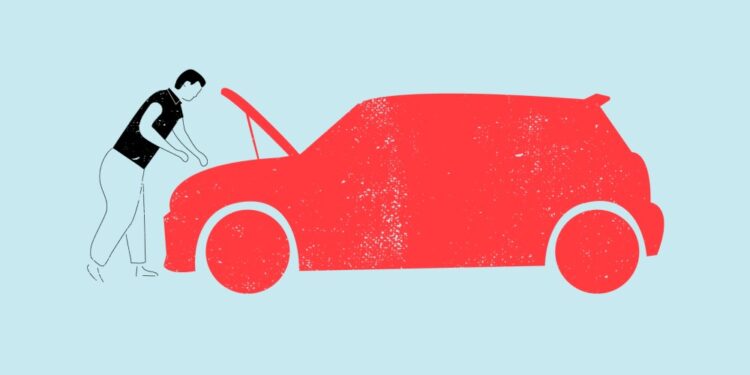Even the most prepared drivers can take their cars for granted and end up with a flat battery. One of the most common reasons a car breaks down is due to the battery going flat, but how do you stop this from happening? If healthy batteries go repeatedly flat this can affect their ability to hold charge in the long term. If you find that your battery is flat, it could be time to buy a new one, or inject new life into the old one.
Common reasons that batteries go flat
A flat battery can be caused by a number of things, including the following:
- Leaving your lights on unnecessarily or mistakenly when parked.
- Keaving dashcams and other devices plugged in.
- A faulty battery.
- A fault in the electrical system.
- Corrosion and cold weather.
- Repeated short journeys.
- Infrequent use.
- General wear and tear.
How to tell if you have a flat battery
Your car’s engine might not start for a number of reasons. To make sure the problem is definitely your battery, try checking the following:
- Are the dashboard warning lights turning on?
- Are interior lights and electric windows working?
- Are there problems with central locking?
If you answered no to any of the above, your battery might be flat. However, there are a few things to remember:
- Your battery might hold enough charge to turn on warning lights but struggle to turn on the engine. Dimly lit icons are usually a big giveaway.
- If your central locking is playing up, your key fob might be the problem. Try a spare set to help pinpoint the fault.
- If you can’t turn the ignition key, your front tire might be jammed against the kerb. Try turning your steering wheel away from the kerb, or rock the steering wheel from side to side as you turn the key.
What to do if you have a flat battery
In the long run it’s better to recharge the battery, but in emergencies a jump start may do the job to get you to your destination. When jump starting a vehicle you are boosting the engine’s failing battery with a second battery, usually on another car. You connect the jump leads to the two battery terminals positive to positive and negative to negative.
With the booster car’s engine running at a fast tick over, you allow the failing battery to take a little boost charge and the car should be able to start. The battery should begin to charge itself while the engine is running. Our guide on how to jump start a car explains everything you need to do in simple steps.
How long can a car run on a flat battery?
If the battery is not faulty and the car is in good working order, you need only drive for half an hour or so to give your battery an adequate charge. However, you should always seek to buy a battery and change it at home or get an expert to do so.
How long does it take to charge a flat battery?
Usually it will take between an hour and a full day to charge the battery, depending on how flat the battery is and the state it is in. It also depends on what type of battery your car has, and the mode of charging you choose.
When to replace a car battery
Batteries typically last for five years. However, this can vary depending on the quality of the battery and how your vehicle is used and maintained. Frequent, short journeys prevent your battery from fully charging, eventually reducing charge capacity over time. Infrequent use of your car could also mean that your battery deteriorates faster. If you can park your car in a garage, you’ll also protect your battery from the elements like cold.
How to change a car battery
Before you start, there are a few things you should be aware of. Make sure that you never change a battery during wet weather, and remember while a 12V battery will not shock you through your skin, there are still safety steps you must adhere to make sure you remain safe. You must also avoid the two terminals from touching anything metal, as this can cause sparks and heat. If you are uncomfortable with changing the battery yourself, it is best to get a professional to change it for you.
- Undo the clamp nut and remove the cable connected to the negative terminal first.
- Repeat the same process for the positive terminal.
- Undo the battery bracket or the hold-down clamp and simply lift the battery out. Be advised batteries can be heavy.
- Make sure the battery tray is clean before adding your new battery.
- Place in your new car battery and fix the bracket or hold-down clamp.
- Now it’s time to secure the cable. Make sure you attach the positive cable first before the negative one.















